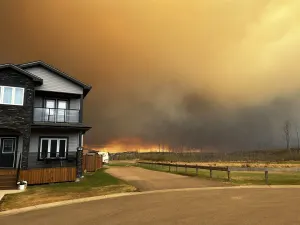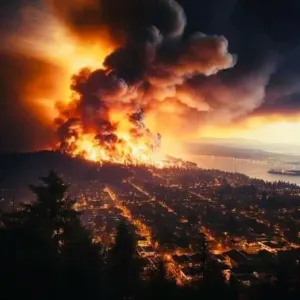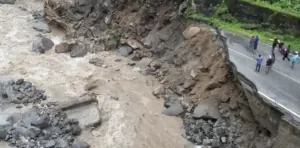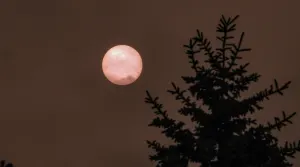
How a Calgary geothermal company is making its mark across the Atlantic
A Calgary company has been awarded a $135-million grant from the European Innovation Fund (EIF) that will help support its geothermal project in Germany.
"What's interesting about it is not just the money, which is always welcome," said Eavor Technologies Inc. CEO John Redfern in a Calgary Eyeopener interview. "It's the validation of being a small Canadian startup and getting one of these awards."
The innovation fund hands out financial incentives to companies investing in low-carbon technologies in Europe.
RELATED: Alberta renewable energy surge could power 4,500 jobs
"It's a new technology export industry for Alberta and for Canada based on what we do best," Redfern added.
The project in Geretsried, about 45 kilometres southwest of Munich, is expected to power about 20,000 homes in Germany.
The private company began as a startup in 2017. It harnesses geothermal energy, a form of renewable energy that comes from heat stored in the earth.
Eavor's technology does not use fracking or aquifers, Redfern said, and does not rely on volcanic temperatures. Instead, the company has created something called an Eavor-Loop.
"We're just creating this large radiator, or closed loop, that we circulate the fluid in, which gathers the heat from the rock via conduction," he said.
RELATED: Volcanoes in Canada could one day be used to generate renewable energy
"We like to think it eliminates all the risks involved in other sorts of technology."
Eavor built a prototype to test the technology near Rocky Mountain House in 2019. Redfern said its success has a lot to do with the province's expertise in drilling.
"We used magnetic ranging, which is usually used to make sure wells don't run into each other, (but we) make sure they connect so we can complete the loop, so to speak," he said.
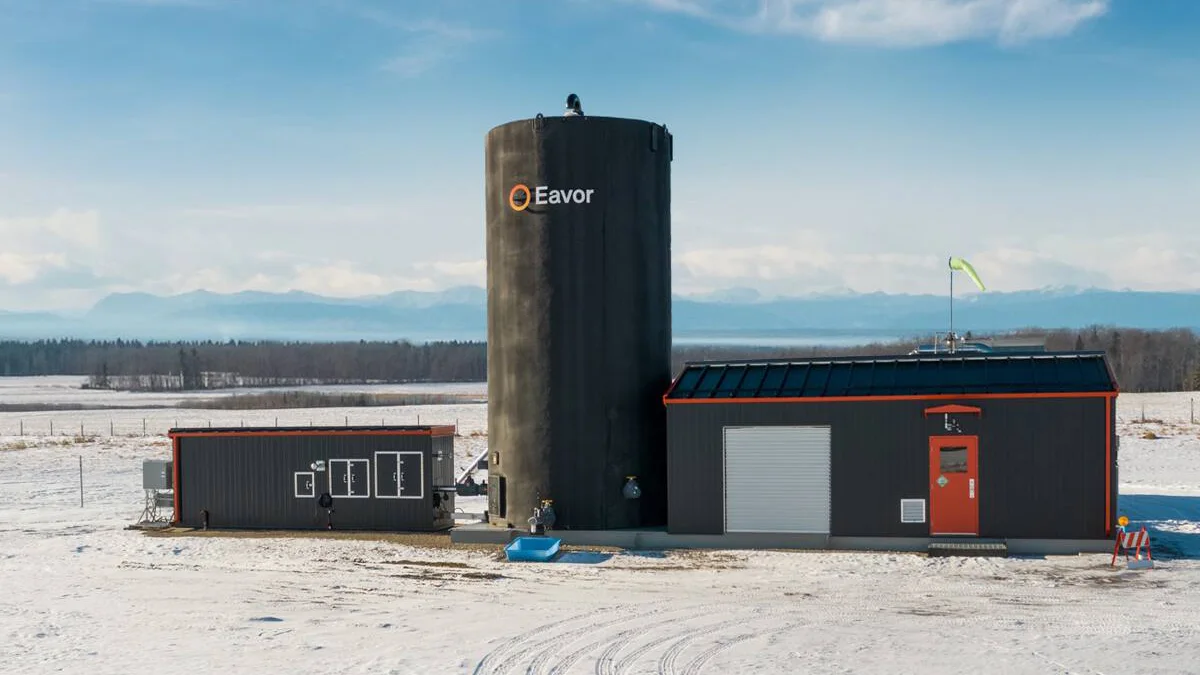
The Eavor-Lite station was built near Rocky Mountain House, Alta., about 215 kilometres northwest of Calgary, in 2019. (Submitted by Graham McGinn/Business on Camera)
"Once this loop … starts flowing, it continues flowing automatically forever until you stop it. And that's what brings the power to the surface, the heat to the surface."
Construction began on the project in Germany in October 2022, marking the first commercial application of the Eavor-Loop.
Redfern says the project offers zero-emissions heat and power, while also giving Germany more energy security.
RELATED: Harnessing geothermal energy in a Nova Scotia battery factory
Multiple underground "radiators" will be buried 4,500 metres deep. Drilling is set to begin in July, with energy production expected to start in late 2024.
"Technology first developed here, and then found an international market … with replication opportunities," said Alison Thompson, chair of the Canadian Geothermal Energy Association, in an email. "This is a wonderful Alberta technology success story."
Geothermal in Alberta
Redfern says the technology can be used in most locations, is scalable, and is predictable.
Starting in Germany makes the most sense, he said, as some European countries are looking for ways to secure their own energy autonomy.
Alberta doesn't have an ideal temperature gradient for the technology, Redfern said, but that doesn't mean it couldn't work here.
"The drivers are basically the offtake price, the cost of drilling and the geothermal gradient," he said.
"We're in the cheapest place in the world to drill, and that's what we're exporting around the world. But the temperature gradient and the offtake price are not that great for us."
Sara Hastings-Simon, an assistant professor at the University of Calgary where she directs the sustainable energy development masters program, says there are other reasons geothermal hasn't taken off in the province yet.
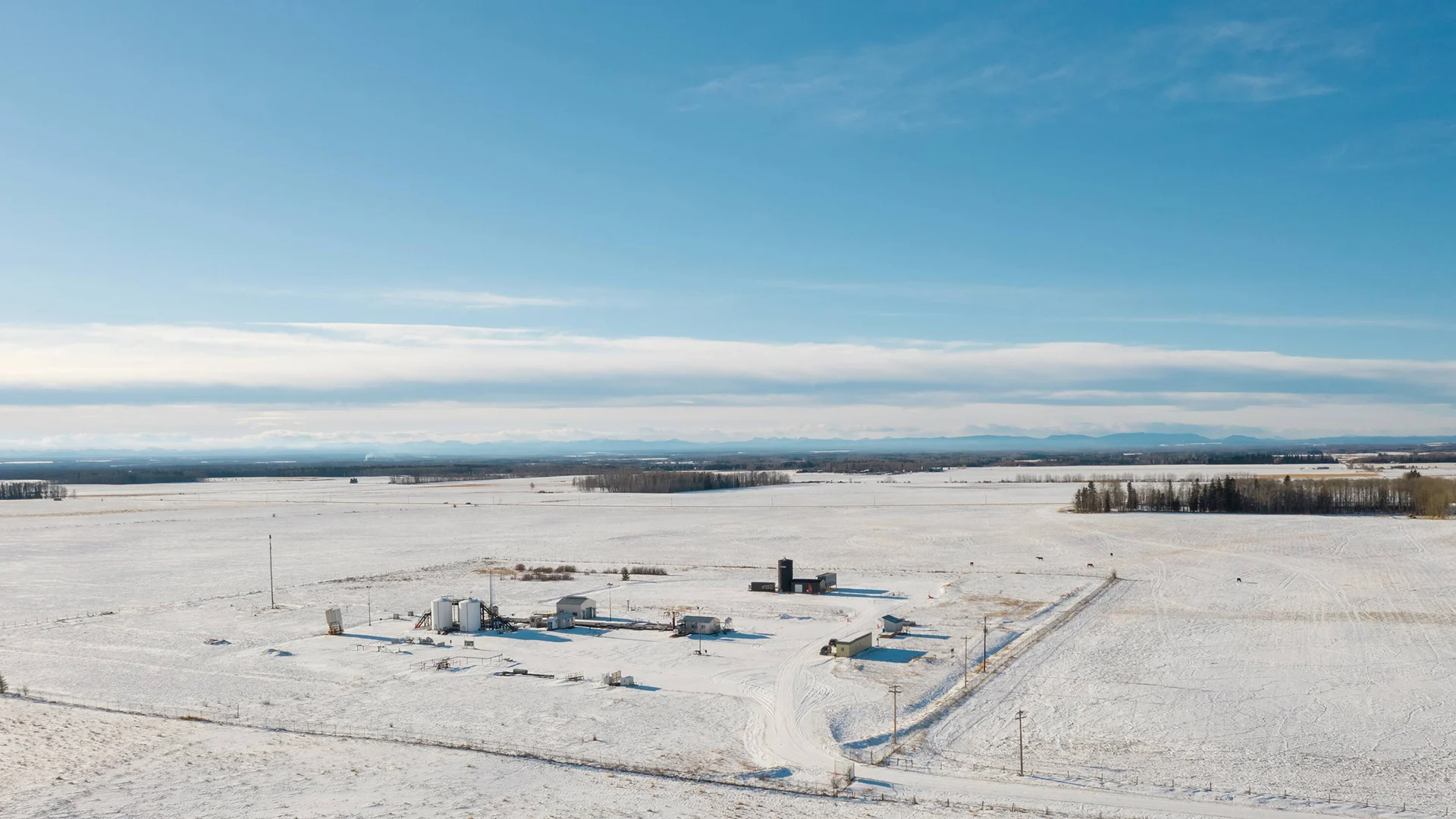
The facility near Rocky Mountain House acted as a prototype of Eavor's technology. (Submitted by Graham McGinn/Business on Camera)
"On the face of it, there's a lot of overlap and competencies from the oil and gas sector," she said.
"That same overlap has actually historically also been somewhat of a barrier because of that competition during the boom-bust cycle period."
Up until recently, the Alberta government also didn't have a framework in place for geothermal projects, Hastings-Simon said.
The Alberta Ministry of Energy says the government approved new regulations and amendments along with the proclamation of the Geothermal Resource Development Act in December 2021.
Since then, they've received 74 applications for tenure and issued 31 leases.
In August 2022, rules set out by the Alberta Energy Regulator also came into effect, which govern geothermal development in the province.
Hastings-Simon says increased interest in geothermal makes sense given it's a renewable, dispatchable technology — or one you can turn on and off — as industries drive toward net-zero emissions.
"I don't see [geothermal] as a direct competitor for wind and solar. Those are technologies that have very different costs but are also delivering very different products," she said.
RELATED: Geothermal energy keeps grape vines cozy in cold Quebec winter
"Geothermal is more of a competitor for … natural gas, for example."
To make the geothermal industry more viable, Hastings-Simon said targeted support from the government would help now that wind and solar industries have seen significant development.
"The attention has appropriately shifted to kind of the next piece of the puzzle, where geothermal lives," she said.
"It's another resource that we have that can contribute to providing reliable electricity."
This article, written by Taylor Simmons, was originally published by CBC News.
Thumbnail image: A rendering of the Eavor project in Geretsried, Germany. (Submitted by Graham McGinn/Business on Camera)







